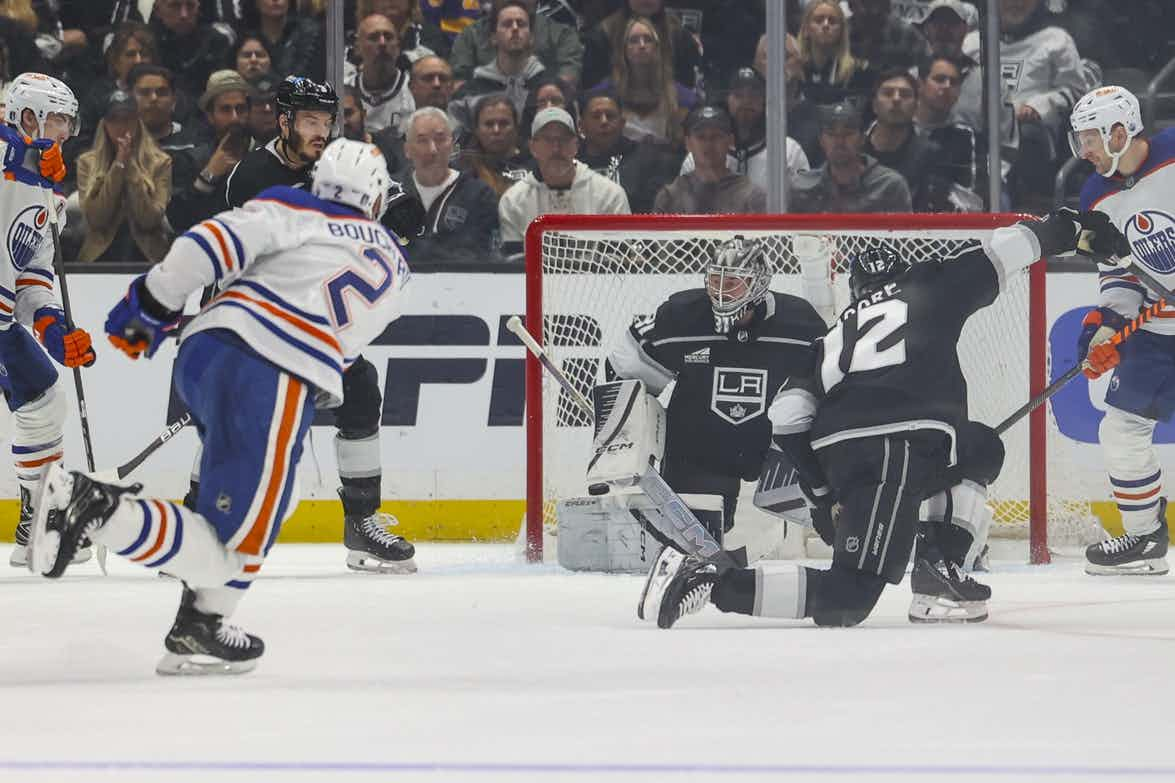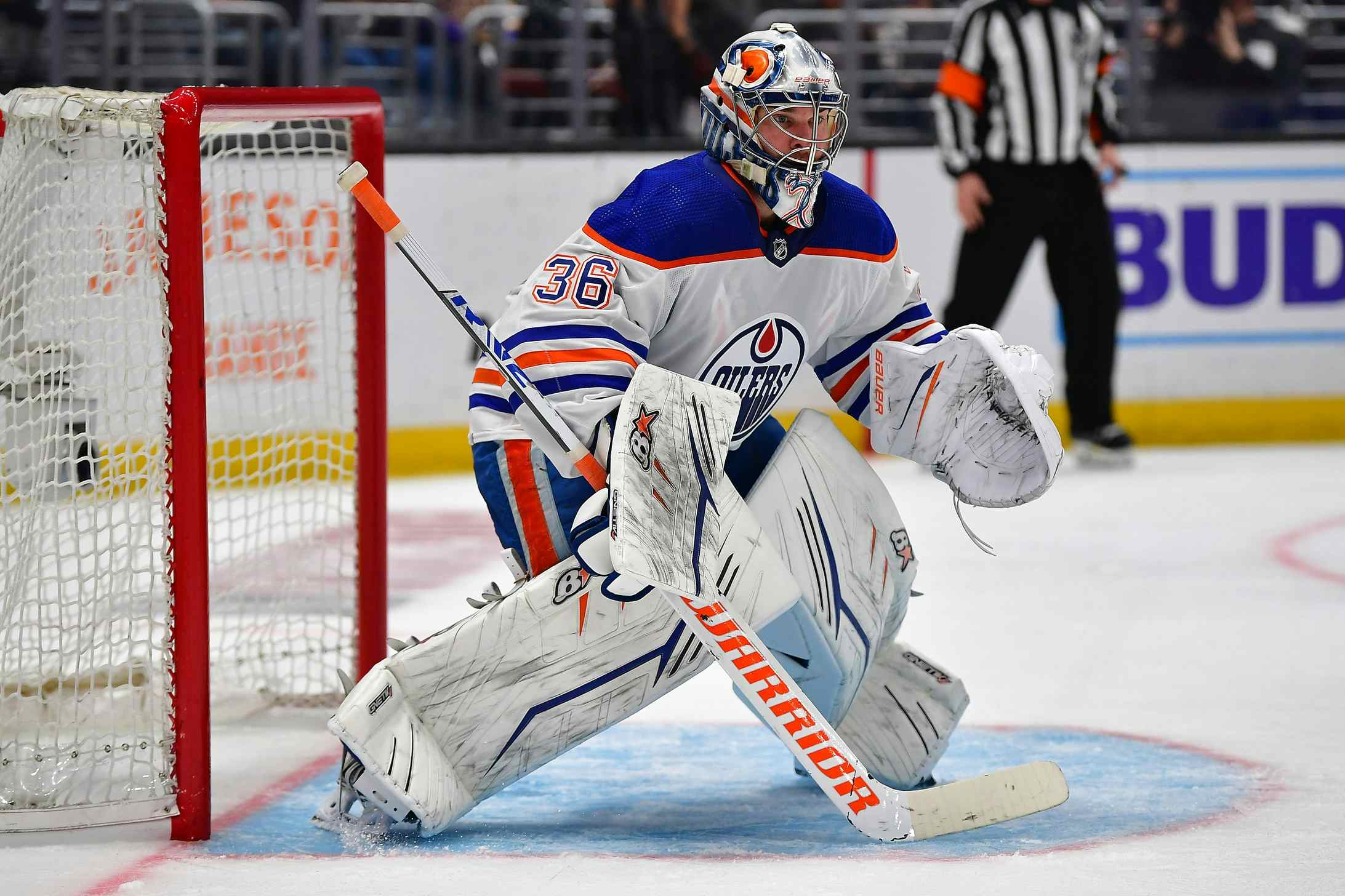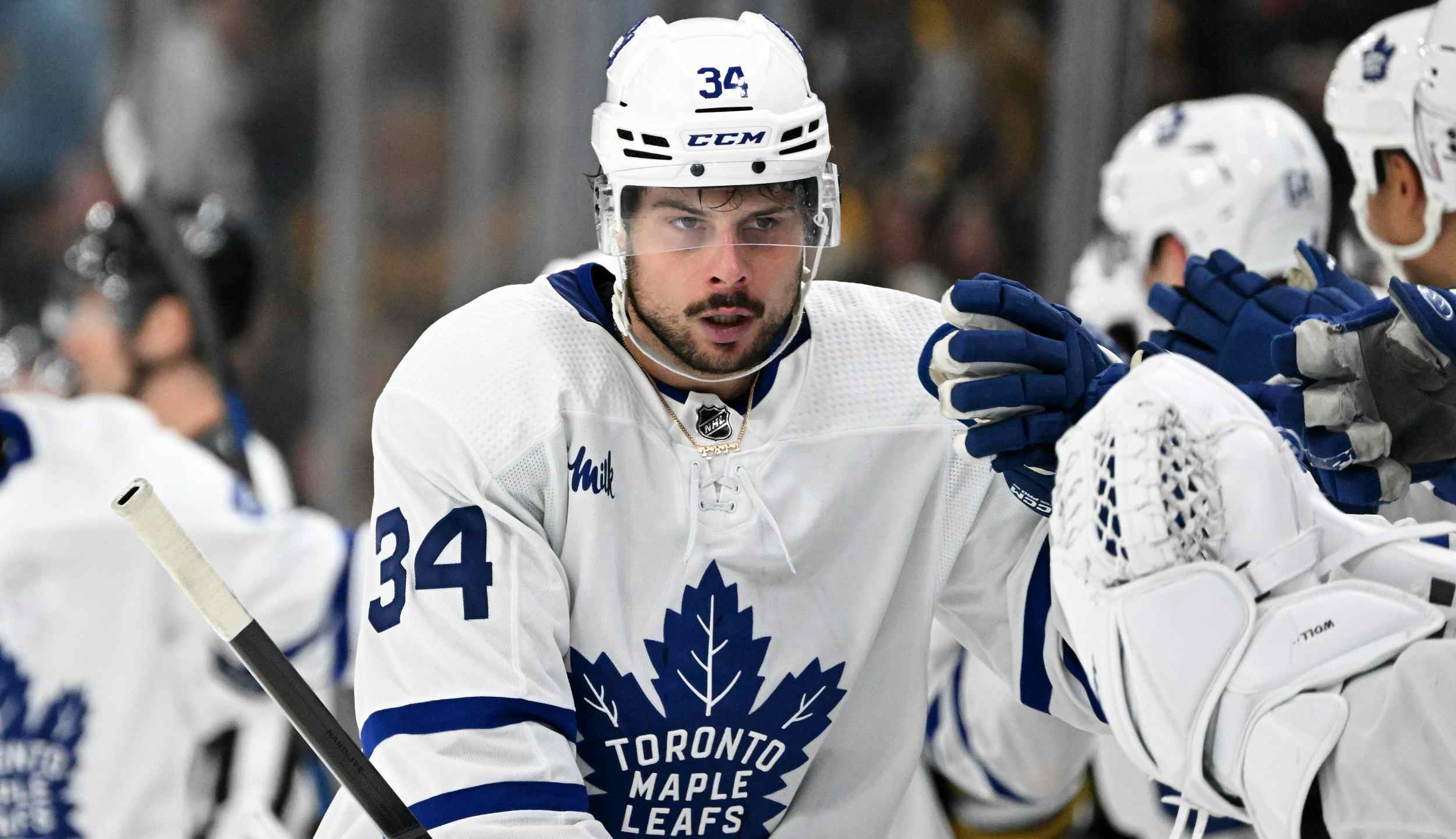Depth, Or A Lack Thereof
The team’s 23-year old top scorer managed 28 goals and only 57 points. Only one defenceman managed more than 24 points. Despite this, the team’s coach chose not to focus on the lack of offense from the team’s top guns.
“It’s not so much the star players you have,” he said. “It’s what you have that hold up the star players.”
That team lost in the third round of the playoffs that year, after winning their division in the regular season. The second line recorded plus/minuses of +30, +23, and +20. Three defencemen finished in the double-digits in plus/minus, and another two recorded a +8 and +9.
How was a team so lacking in star power so successful? Having a good goaltender was a key ingredient, but it wasn’t the primary one. Looking down the roster, it’s easy to see that the depth players on the team did a good job, not necessarily of scoring, but of doing their jobs. The third line was a true checking line, and though its centre only managed 26 points, he finished +8, a testimony to his ability (and that of his linemates) to shut down top opponents. The defence was young but capable; with the exception of one 29-year old veteran, the oldest regular was 26 years old.
That team was a prime example of the success possible when role players are capable of playing their roles. The 2008-09 Edmonton Oilers are an example of how easy it is to fail when the depth players on a roster aren’t getting the job done.
So it goes
Looking at the top line, the problem isn’t Shawn Horcoff or Ales Hemsky (or even Dustin Penner). As an example, consider the game in San Jose that the Oilers won a few nights back. Joe Thornton played on a line with Patrick Marleau and Devin Setoguchi –- three players who have combined for 108 points through 33 games -– and shift after shift, the line of Ales Hemsky, Shawn Horcoff and Dustin Penner were sent out against them, eventually finishing the night with 60% of their ice-time against those players. It wasn’t an aberration, either -– night after night, Horcoff, Hemsky and their winger (usually Penner) find themselves out against the other team’s best opponents.
Despite this, they’re destroying their opposition –- I posted the numbers for Hemsky and Horcoff a few days ago, and on average they outshoot their opponents 132 to 100. All three are plus players, and Ales Hemsky in particular (a sublime talent who doesn’t get his due) isn’t just thriving but is on pace to set career highs in goals and points.
Outside of those three players, the Oilers top four on defence features players both excellent (Souray, Visnovsky) and serviceable (Gilbert, Grebeshkov).
Where, then, does the problem lie?
On the team mentioned at the outset, the third line and the first line played most of the quality opponents. The third line was blessed with some outstanding checkers, while the top line was nowhere near as good as the Oiler’s top three. The second line forwards played against the soft parade, and looking at their plus-minus, it’s quite obvious that they were wiping the floor with them.
On the Oilers, however, this hasn’t even begun to happen. The group of players after Hemsky, Horcoff, and Penner haven’t been able to make use of the fact that the top line is handling the toughest assignments. Let’s look at these players individually.
The OK
Penner probably fits in this class, but he’s far from alone. Andrew Cogliano, Ethan Moreau, and most of the fourth line players (Brodziak, Pouliot, Stortini) belong in here too. Cogliano’s putting up points but he’s being used extensively in the offensive zone against lower-tier opponents, and getting outscored on top of it. Still, given his linemates, he hasn’t been bad. Ethan Moreau started off strong and has cooled, but he has played against some quality and his points/60 is behind only Hemsky and Penner. On the other hand, he’s easily the team leader in stupid-penalties-taken.
The fourth line players have routinely been sent out with line-mates with less than NHL talent (MacIntyre’s the best of a group that includes Boulerice, Sestito, Liam Reddox, and a pair of converted defencemen) and sent out in defensive situations to boot, so it’s a bit rich for the coach or fans to complain about the lack of production from the fourth line. They haven’t been bad.
The Disasters
Robert Nilsson and Sam Gagner: Robin Brownlee has a good write-up on Nilsson a few posts down, and it’s unsurprising that MacTavish would target Nilsson for criticism. Nilsson’s been playing very similar minutes to both Gagner and Cogliano; i.e. in the offensive zone against weaker players, but he’s been outshot and outscored anyway.
Play-by-play men like to say that a team “needs its best players to be its best players”; well, a team also needs its skilled players to be better than the dregs of the league. Sam Gagner’s been the better of the two, and his numbers are coming around (positive Corsi, barely being outscored now), but he hasn’t been nearly good enough given how MacTavish has coddled that entire line. If this is a development year, it’s fine for the coach to play these kids like he has; if it’s a year where this team needs to make the play-offs than MacTavish has picked the hill he’s going to die on, and it’s going to be because he’s placed so much in the hands of these players.
Erik Cole: Easily the biggest disappointment on the roster, Cole came to the Oilers with a history of success against top competition. The only positive result that Cole has managed is an amazing ability to draw penalties (and that’s a non-trivial contribution). Despite this, Cole has been used against lower-level opponents, albeit with middling linemates and he hasn’t produced anything. With Cole on the ice, the Oilers are twice as likely to be scored on as to score. There are lots of excuses (played on his off-wing, different linemates) but the fact remains: Erik Cole is paid to be a difference maker, and he hasn’t even been a capable support player.
In Conclusion
There’s an awful lot of middling-to-poor performances down the roster; a team can’t succeed with so much of its depth barely handling their jobs. Toss in some shaky goaltending (Mathieu Garon’s been inexcusably bad) and supplement the poor even-strength play with an abysmal penalty-kill and a middling powerplay, and all the ingredients are there for an unpleasant season.
Also, while players have disappointed, it is Craig MacTavish and his staff who have consistently handed cherry minutes to players who haven’t used them –- and if this team fails to make the playoffs as a result, they deserve to suffer the consequences. It’s also the coaching staff that needs to be held accountable for the lack-lustre special teams.
The team mentioned above (300 points for anyone who can name it) had success with a middling top line because there was great strength down the roster. The Oilers have squandered a decent performance by their top line with middling or poor performances from the rest of their top nine forwards.
Recent articles from Jonathan Willis






